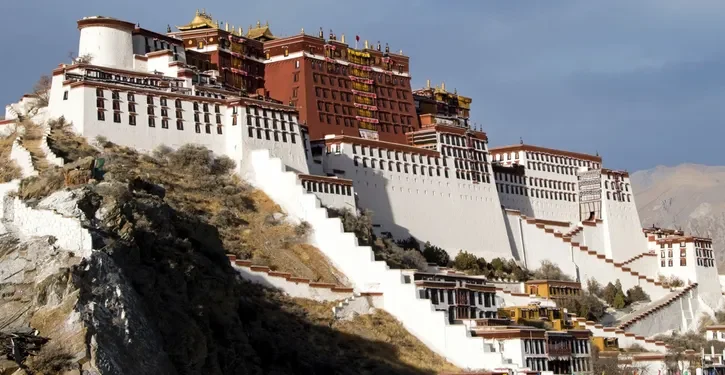Tibet, a region in Asia with a unique cultural and historical identity, was annexed by China in the mid-20th century, a process that has been fraught with controversy and conflict. This annexation has had profound implications for the Tibetan people, their culture, and their political status.
In 1950, the People’s Liberation Army (PLA) of China entered Tibet, a region that had enjoyed varying degrees of autonomy and self-rule for centuries. The Chinese government, under the leadership of the Communist Party and Chairman Mao Zedong, asserted that Tibet had always been a part of Chinese territory, a claim that Tibetans and many international observers disputed. At that time, Tibet was ruled by a theocratic government led by the Dalai Lama, the spiritual and temporal leader of the Tibetan people.
The annexation began in earnest with the signing of the Seventeen Point Agreement in 1951, which ostensibly guaranteed autonomy to Tibet and respect for its cultural and religious practices, while officially acknowledging Chinese sovereignty. However, the implementation of this agreement was fraught with tension. Many Tibetans felt that the promises made by the Chinese government were not being honored, leading to widespread dissatisfaction.
By 1959, resentment against Chinese rule culminated in a full-scale uprising in Lhasa, the capital of Tibet. The revolt was brutally suppressed by the PLA, resulting in thousands of deaths and the flight of the 14th Dalai Lama to India, where he established a government-in-exile. This marked a significant turning point, as Tibet was thereafter fully integrated into the People’s Republic of China.
Under Chinese rule, Tibet underwent significant changes. The Chinese government embarked on a series of economic and infrastructural developments in the region, which they argued were beneficial for Tibet’s modernization. However, these changes were accompanied by policies that many Tibetans saw as efforts to undermine their cultural identity, such as the suppression of religious practices, destruction of monasteries, and resettlement of Han Chinese into Tibetan areas.
The international community’s response to the annexation has been mixed. Some countries and organizations have condemned China’s actions and supported Tibetan calls for greater autonomy or independence, while others have recognized China’s sovereignty over Tibet, often influenced by geopolitical and economic considerations.
The situation in Tibet remains a sensitive and contentious issue. Human rights organizations continue to report abuses, and the Chinese government maintains tight control over the region. The Dalai Lama, now aged and having retired from political duties, continues to advocate for the rights of Tibetans from his exile, promoting the Middle Way Approach, which seeks genuine autonomy within the framework of the Chinese constitution rather than full independence.
The annexation of Tibet by China is thus a complex and multifaceted issue, rooted in historical claims, political power struggles, and the ongoing struggle for cultural preservation and human rights.
newshub


Recent Comments